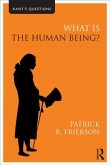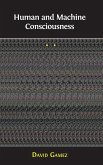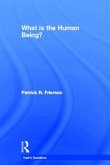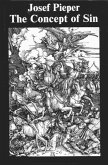In 1982, the author of this book issued a "promissory note" of just the sort that analytic philosophers of the twentieth century have led us to expect will come to nothing. This particular "note" occurred as a passing remark in the concluding chapter of his Introducing Semiotic (Indiana University Press, p. 187, text and note 4) to the effect that it would be possible to establish the classical distinction between sense and intellect by means of the analysis of the role of relations in the action of signs. Provoked by the remark of a colleague that, could this promissory note be fulfilled, it would provide "the first essay worth reading on the subject since the days of Locke and Hume", Deely decided to break with the analytic tradition of leaving promissory notes unfulfilled and to develop the alleged possible proof in full. A colloquium convened by Professor Norma Tasca, in the Fall of 1995 in Porto, Portugal, provided Deely with the occasion. His lengthy essay for the occasion, ponderously titled "The Intersemiosis of Perception and Understanding", became the initial draft of this book. Especially in the circles of English-speaking philosophers, where a mere difference of degree between animal intelligence and human understanding has come to be largely taken for granted and philosophy has been reduced to a play of linguistic signs without regard for the dependency of those signs upon other signs whose play is far from linguistic, the work is bound to stimulate considerable debate.








